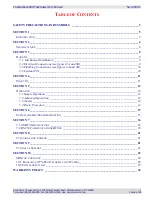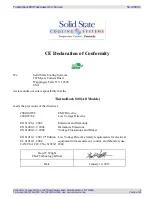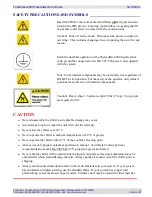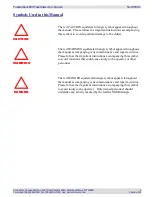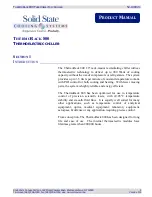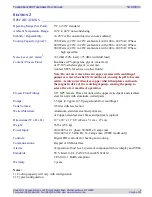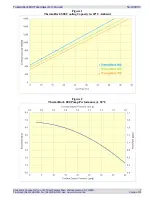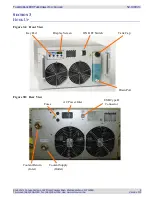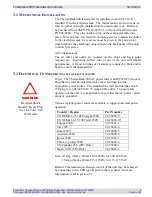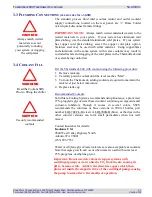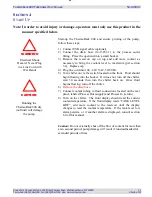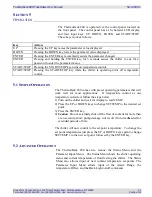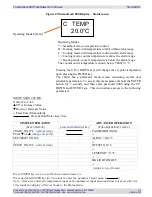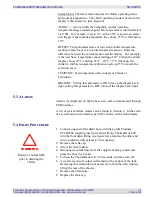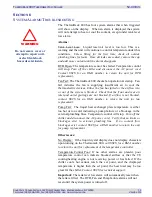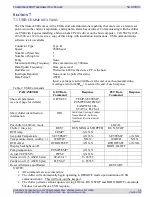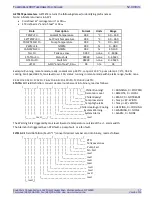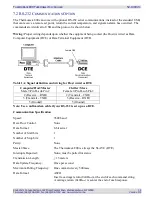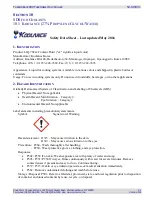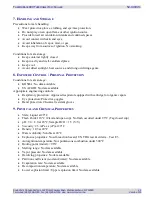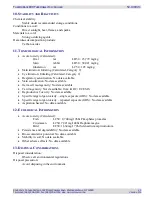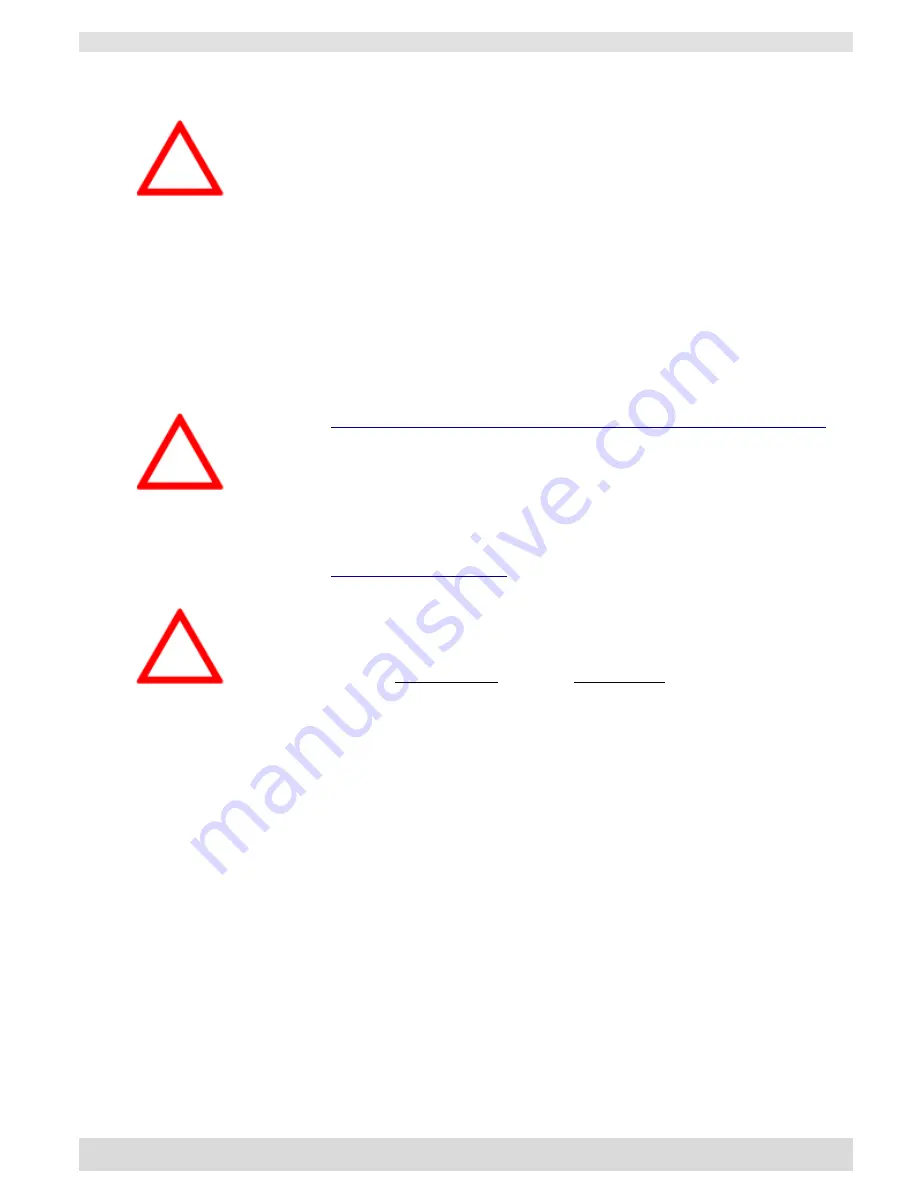
T
HERMO
R
ACK
800
T
HERMOELECTRIC
C
HILLER
52-13007-1
S
OLID
S
TATE
C
OOLING
S
YSTEMS
,
167
M
YERS
C
ORNERS
R
OAD
,
W
APPINGERS
F
ALLS
,
NY
12590
10
T
ELEPHONE
:
(845)
296-1300
F
AX
:
(845)
296-1303
WEB
:
WWW
.
SSCOOLING
.
COM
V
ERSION
M8
3.3
P
LUMBING
C
ONNECTIONS (
SEE FIGURES
3A
AND
3B)
The standard process fluid inlet (coolant return) and outlet (coolant
supply) connections, located on the rear panel, are ¼” Brass Colder
valved quick disconnect female fittings.
IMPORTANT NOTE:
Always match wetted materials (metal) to the
wetted materials in your system. If your system has aluminum cold
plates/tubing, use the standard aluminum cold plates. If your system
has copper cold plates/tubing, select the copper cold plate option.
Stainless steel may be used with either material. Using copper/brass
and aluminum in the same system with water coolants may result in
corroded metals and clogging of the cold plates in the ThermoRack unit
or system being controlled.
3.4
C
OOLANT
F
ILL
Fill the ThermoRack 800 with coolant using the following procedure:
1.
Remove tank cap
2.
Carefully pour in coolant until the level reaches “Max”.
3.
Turn on the Thermorack, adding coolant as required to maintain the
tank level just below maximum.
4.
Replace tank cap
Recommended Coolants:
Solid State Cooling Systems recommends using Koolance, a pre-mixed
27% propylene glycol/water based coolant containing an algaecide and
corrosion inhibitors. Though it comes in several colors, SSCS
recommends the colorless or blue versions in 700 ml bottles, part
number: LIQ-702CL-B (clear) or LIQ-702B-B (blue), as the dyes in the
other colored versions can form small particulates when not well
mixed.
Contact Koolance for details:
Koolance USA
2840 West Valley Highway North
Auburn, WA 98001
(253) 893-7551
Water or ethylene glycol/water mixtures are also acceptable as coolants.
Note that algae growth can occur when water is used without at least
25% propylene or ethylene glycol.
Important: Do not use water alone in copper systems with
centrifugal pumps as water absorbs CO
2
from the air, causing its
pH to become acidic. Acidic water dissolves copper which then
plates out inside the magnetic drive of the centrifugal pump, causing
the pump to seize after a few months of operation.
WARNING
Read the Coolant SDS
Prior to filling the chiller
Always match wetted
materials to avoid
potentially corroding
your system or clogging
the cold plates
CAUTION
Use only recommended
coolants
CAUTION


